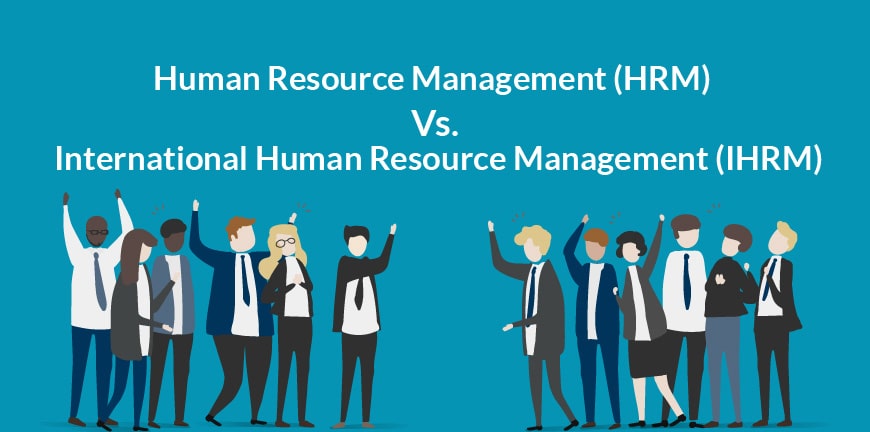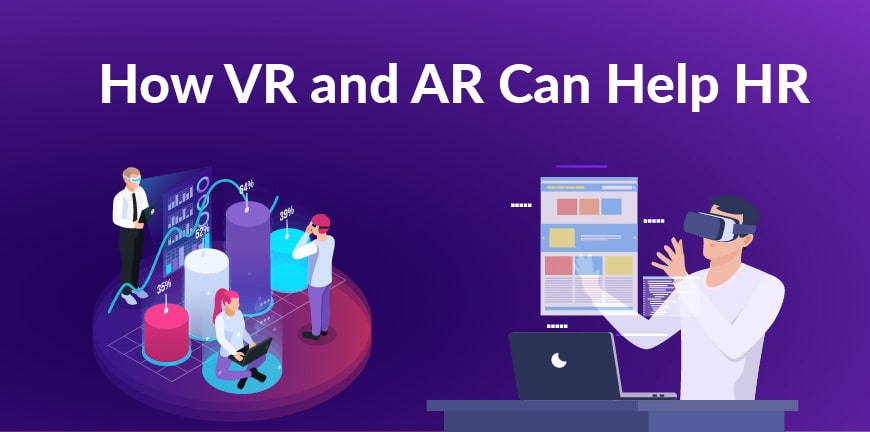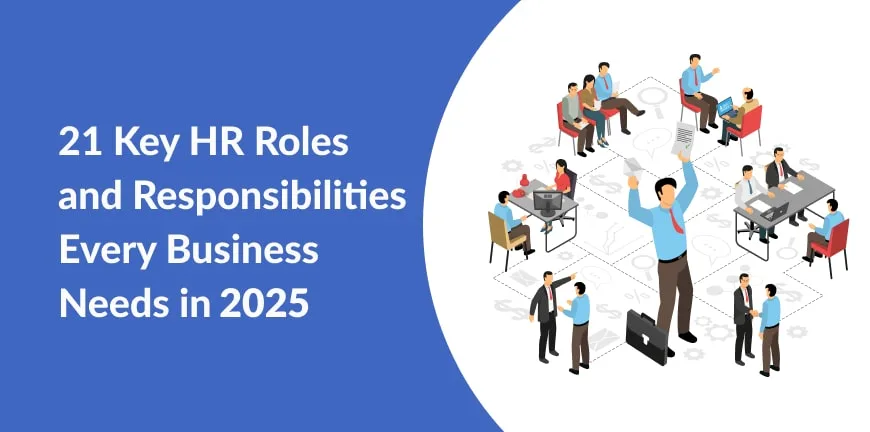
Difference between HRM and IHRM
06/12/2023
5 HR Strategies to Build Organisational Resilience
12/12/2023HR, what is your definition of real? And does it help stepping back and approximating it or augmenting it in any way? Will the approximate reality help you test strategies you think can better the experience of the jobseeker or the employee? Will augmenting the reality help you clarify things faster or provide information on assets that mean something to them?
The first, VR (virtual reality), has been in use for a long time, but it is only now with immersive displays and advanced tech that it has found more of a place in our everyday life than before. Deloitte estimates that by 2024, 25% of all HR meetings will have a virtual reality element to them. AR (augmented reality) has also revolutionized our understanding of the world, and it is more than just inserting bar codes into assets! The AR market is projected to hit a value of US$50 billion by the end of 2024.
There is a fundamental difference between VR and AR. While VR needs special headsets and immersion techniques, all VR’s younger sibling AR needs is a mobile phone, which is commonly available! Both brothers bring to the world of HR, employees and jobseekers a host of benefits we couldn’t have imagined just three decades ago. So overwhelming is the speed of tech!
In this tale of three brothers, VR and AR help their much older brother HR with some new moves that will help him stay relevant and employee and candidate-focused for years to come. Now how exactly do they help? Let’s see.
Learning and Development
Learning and Development involves increasing the knowledge and accelerating the skilling of employees to improve their productivity and meet the goals of the business. Here is how VR can contribute to learning and development of employees:
- Increases engagement and knowledge retention.
- Generates scenarios yet not possible in the real-world.
- Provides a risk-free environment for learning and experimenting.
- Can help HR test the knowledgeability of employees in a very measurable way.
Here is how AR can contribute to the learning and development goals in the company:
- Can provide additional information, which is crucial to understanding.
- It is possible to customize the overlays to enable interpretation where not possible.
- Improves the understanding of context for deeper learning.
- Can help HR create overlays in scenarios to test candidates after each level.
Vetting Candidates
Whether you are talking to a jobseeker or analysing the fitness of an employee for internal mobility, the vetting process needs to be well-designed to ensure that you shortlist the absolute best for the job. Here is how VR can contribute to improving the vetting process:
- Create a world for vetting candidates, one that progressively changes with answers.
- Invite candidates to a virtual vetting space, customized to accommodate special requirements.
- Can gamify elements in the world to improve the experience of the jobseeker or employee.
And this is how AR can contribute to the vetting process:
- Create overlays for vetting in target environments, testing for spatial abilities.
- Can help probe into the sensory and intellectual capabilities of the individual.
- Can accommodate the needs of people with special abilities through overlays.
- Can help aid jobseekers through hints as they try and solve complex problems.
Onboarding
How do you know that the candidate you have just selected and are going to onboard is truly ready for the challenge, even if they are the best fit for the job? How ready are they for the collaboration and cooperation that must exist in the workplace? This just one of the many problems VR and AR can solve in HR. Here is how VR can help you with the onboarding process:
- Create a virtual space where the new employee interacts with avatars of actual teammates.
- Create a virtual workplace that mimics the existing one, with expected challenges.
- Record feedback in interactions during the onboarding to improve the process further.
- Reduces anxiety with a zen-like environment in the virtual representation of the workplace.
And AR is not far behind either. This is how it can prove very useful:
- Helps conduct a guided tour at work, identifying risks in equipment and improving safety.
- Helps understand specific challenges by inviting employees to scan codes.
- Helps with process training in a fully interactive and guided manner.
- Can help play fun games (similar to Pokémon Go) on the first day of onboarding.
- Helps explain the work policies and guidelines that maintain a great workplace in an interactive way.
Performance Reviews
A performance review done well is worth more than two employees in your company (both manager and subordinate)! It also commands the attention of decision-makers, who want to see the company flourish. Every stakeholder hopes for performance reviews where the employee wins. If everyone does well, the company does well too. Can VR and AR help HR here? Answer: Most definitely!
This is how VR can assist HR and team leads and managers with performance reviews:
- You can give a performance review demo in VR to employees and test their interactions.
- Entire performance review can be in a multiuser virtual world with fun elements to improve engagement.
- A record of the performance review in a virtual setting can be maintained to improve the quality of the reviews and reduce bias.
And AR is no slouch either when it comes to enabling the process of a performance review:
- AR-based guidance, especially on an industry floor, can help prepare employees for a performance review with mock assessments.
- AR-based tools can help reduce mental workload of employees, by providing hints, when implemented throughout the review.
- AR can help employees analyse the performance review digitally, with additional instructions embedded as overlays.
Workplace Camaraderie
The pandemic changed the workplace forever, though not everyone would agree. Social distancing built more barriers at the workplace than power distancing! Thankfully, when people got to work after the pandemic, they realized that a lot of the old remained.
The policies were the same, the quantum of work seemed to stay the same in some cases, and the work-life balance would hopefully get back to normal. But the most important thing that went missing and never really came back was the camaraderie that used to exist between people. Almost everyone had a work partner for that after-work walk the talk, but after the pandemic not so much.
Here is how VR can ameliorate the situation for employees:
- Create shared spaces for collaboration and co-creation even when people are working virtually.
- Create virtual spaces where people can go to stress bust or relax amidst a hectic workday.
- Give digital rewards to employees with distinguished performance and discipline in a virtual award show every month.
Here is how AR can improve the camaraderie at the workplace:
- Interactive AR installations can help draw attention to activities that help encourage teamwork.
- Interactive AR can help reduce the stress and mundanity and improve emotional intelligence in the workplace, helping relationships.
- AR, when embedded in forms of identification, can help identify colleagues one is not familiar with, helping to establish new friendships.
Closing Words: ‘Real’-ationships Aren’t Perfect
Though these technologies hold great promise for the future, VR and HR and AR and HR don’t come together perfectly just yet. It can get a lot more immersive, there can be better content that is developed for VR and AR and there can also be new ways of thinking for how to integrate them into HR. Is your HR Team on the AR or VR bandwagon yet? What are the other things you think can be done to bring VR and AR into the workplace? Let us know in the comments below.
Contact Us For Business Enquiry

Rajkumar Shanmugam
Rajkumar Shanmugam is the Head of HR at ALP Consulting, bringing over 19 years of comprehensive HR leadership experience across India and international markets. His expertise spans talent acquisition, employee relations, performance management, compliance, and HR transformation. Rajkumar has a proven track record of driving people-centric initiatives, enhancing workplace culture, and aligning HR strategy with business goals. With extensive experience in US staffing operations and global mobility, he continues to lead organizational excellence through innovation and employee engagement.




